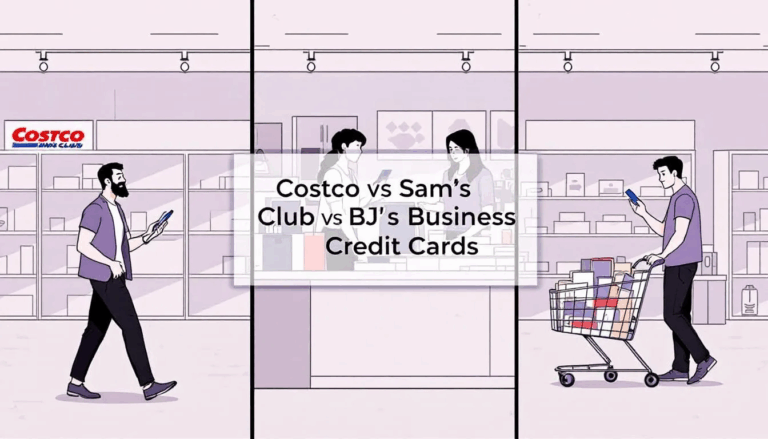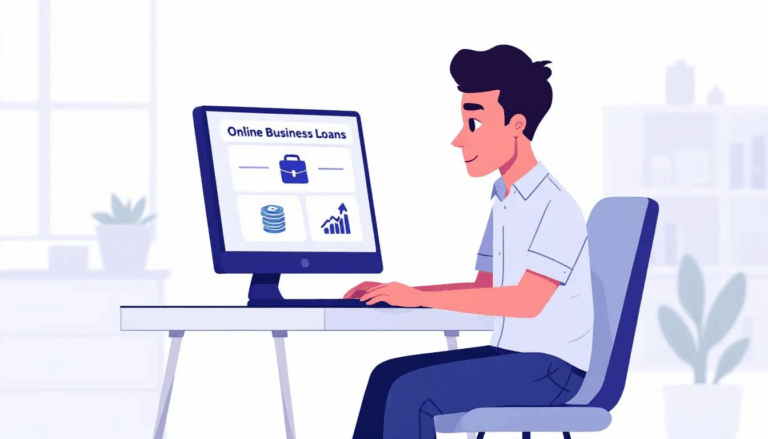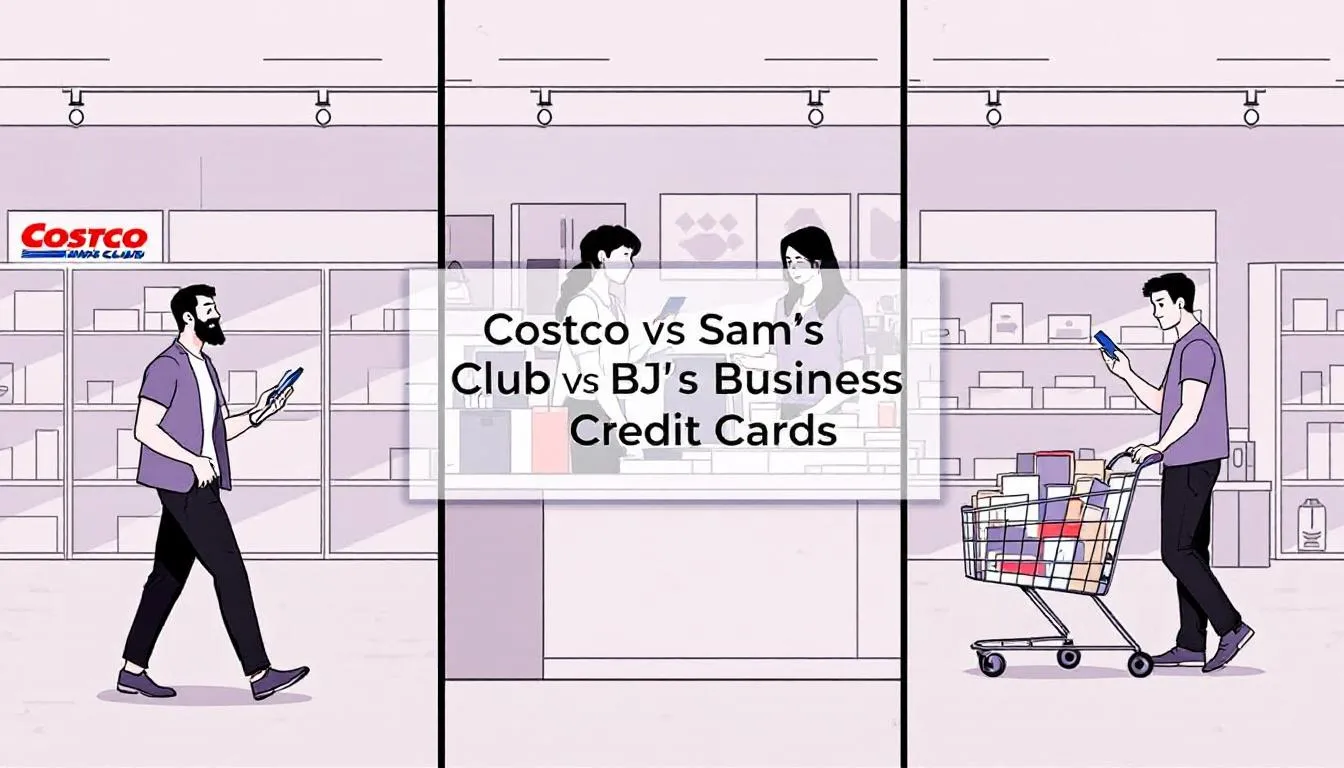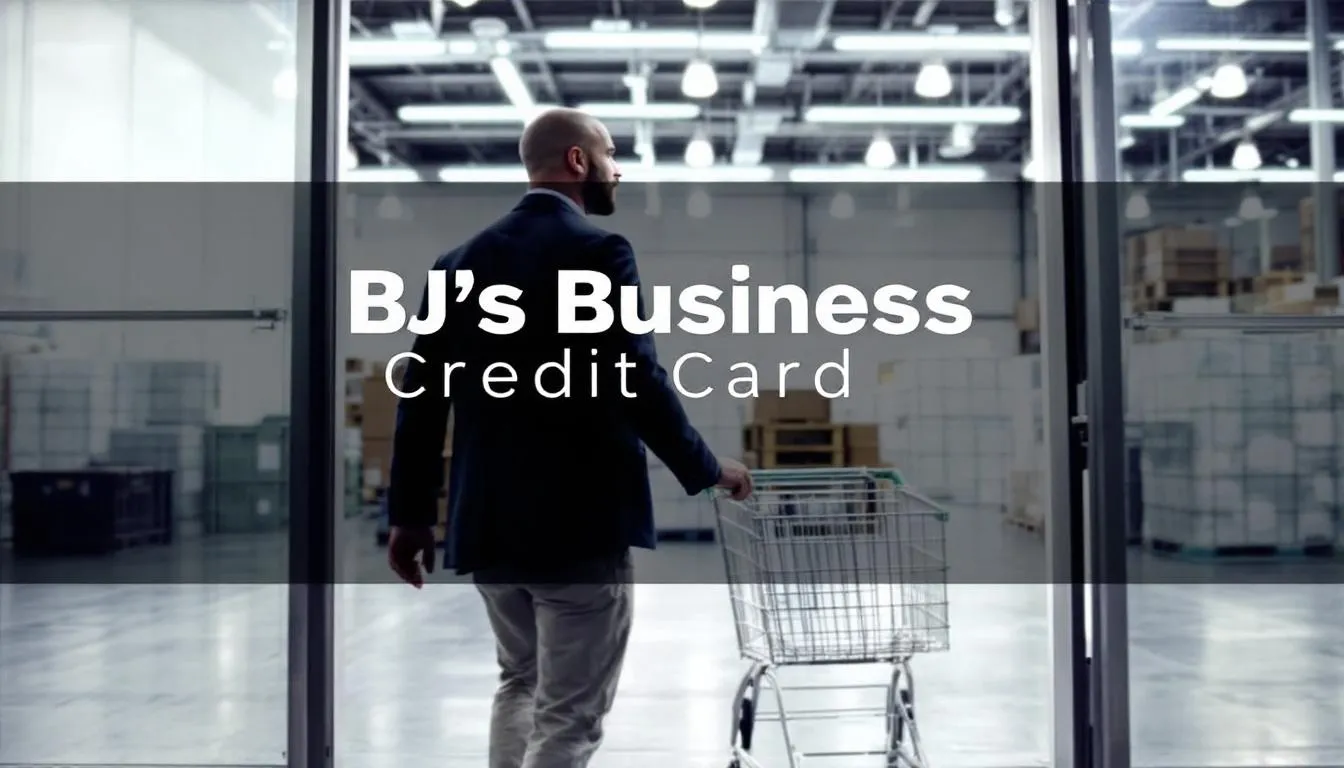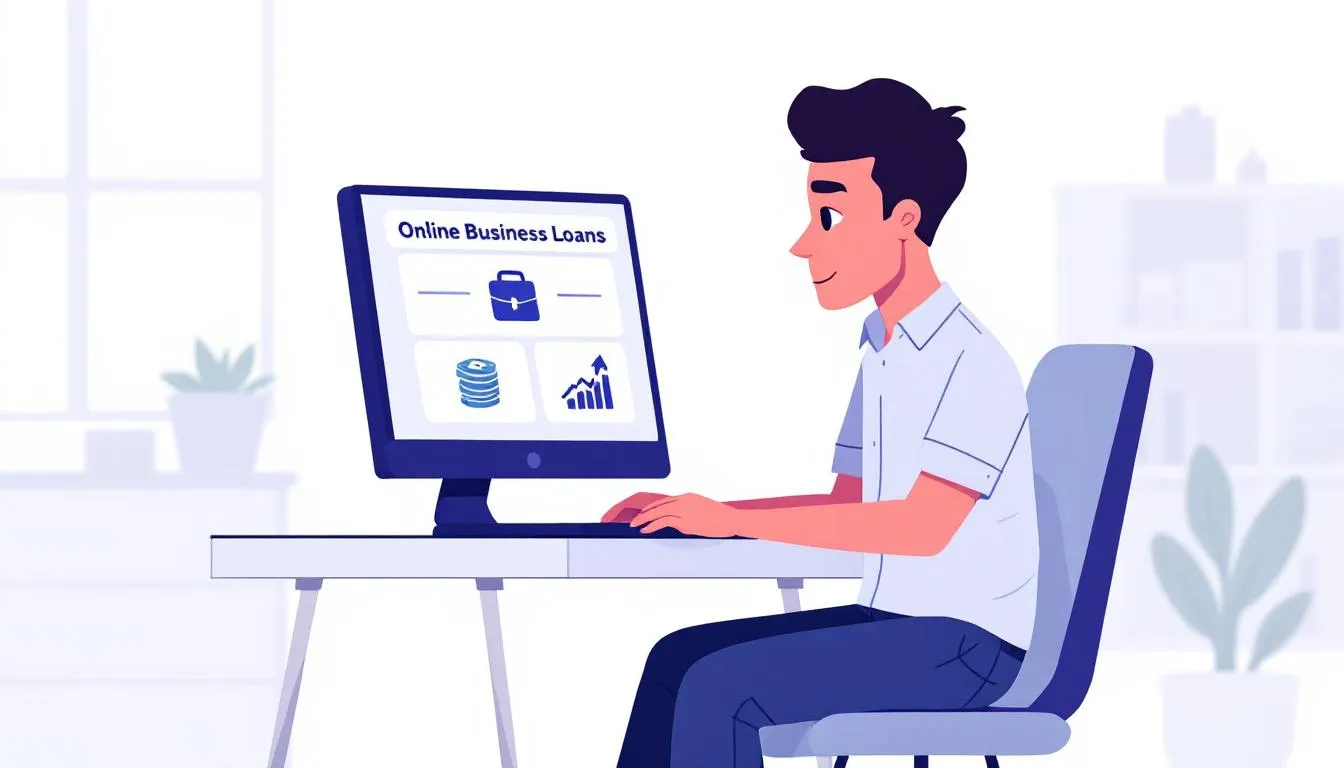What is Invoice Financing?
Invoice financing is a specialized form of funding that is often used as an umbrella term to describe various forms of asset-based financing, which utilize a company’s invoices or accounts receivable to secure funding. It may also be referred to as accounts receivable financing.
Businesses can use the funds to overcome cash flow challenges, pay employees, or invest in growth. There are generally three types of invoice financing options to know:
Invoice Financing: This refers to a business loan or cash that utilizes outstanding invoices in accounts receivable as collateral. A small business will typically take the invoice to a financial company operating as the lender and receive an advance based on the invoice value. The business retains ownership of the invoice and repays the advance per the terms of the agreement.
Invoice Factoring: This is a business-to-business transaction where a company sells, or factors, its unpaid invoices to an invoice factoring company. The factoring company advances funds for the invoice, typically 70% to 90% of the invoice amount. It then owns the invoice and becomes responsible for collecting payment from the business’s customer. Once the customer pays, the remaining balance, minus any applicable fees, is released. Invoice discounting is closely related to invoice factoring.
Receivables-Based Credit Line: In this form of financing, a company uses its unpaid invoices as collateral for a secured business line of credit. An accounts receivable line of credit usually carries more favorable interest rates than factoring or financing. However, most financial institutions that offer this form of funding require large invoice amounts, often making it unavailable to small businesses.
How Does Invoice Financing Work?
An invoice financing arrangement enables businesses to access capital by leveraging the value of their unpaid invoices. With accounts receivable financing, you receive a cash advance using your invoices as collateral. The amount you receive is based on the total value of your invoices.
Most invoice financing companies advance a percentage of the invoice value. Then, when you collect payment from your customers, you repay the advance amount plus the lender’s fees and retain the remaining amount.
The invoice financing cost usually includes a processing fee and the factoring fee, which accumulates each week until your customers pay the invoice. The sooner customers pay, the less you’ll pay in fees; the longer they take to pay, the more you’ll pay in fees.
The application process for invoice financing is generally faster than for traditional loans. Businesses can receive up to 100% of the invoice value through invoice financing. Invoice financing rates may be more expensive than traditional loans, with annual percentage rates (APR) ranging from 15% to over 35%.
Invoice Financing Explained
Here’s a step-by-step guide to the invoice financing process:
- Step 1 – Submit the Invoice to the Financing Company: A small business completes a service for a client and issues an invoice for $10,000 with standard 30-day payment terms. Instead of waiting a month to receive payment, the business submits the invoice to an invoice financing provider to access funds quickly.
- Step 2 – Receive an Advance: After verifying the invoice and the customer’s payment reliability, the financing provider approves the transaction and offers a 90% advance, or $9,000. The remaining $1,000 is held in reserve until the customer pays in full.
- Step 3 – Fees Accrue While You Wait for Payment: The financing company charges a 2% weekly fee based on the full invoice amount. If the customer takes two weeks to pay, the total fee comes to $200 per week, or $400 total (2% of $10,000 × 2 weeks).
- Step 4 – Customer Pays the Invoice: Two weeks later, the customer pays the full $10,000 directly to the financing company. The lender deducts its $9,000 advance and the $400 fee, and returns the remaining $600 from the reserve to the business.
- Step 5 – Final Reconciliation: In total, the business receives $9,600 from the original $10,000 invoice—$9,000 upfront and $600 after the customer pays. The $400 fee is the cost of financing. While this short-term financing helps solve immediate cash flow needs, the cost can add up quickly, equal to an approximate 53% APR if annualized.
Invoice Financing Example
ABC Corporation, a mid-sized manufacturing company, recently completed a $20,000 order for one of its regular customers. While the invoice terms allowed for payment within 30 days, ABC needed immediate working capital to cover payroll and purchase raw materials for an upcoming project. To avoid disrupting operations, the company turned to invoice financing.
ABC approached a factoring company and agreed to finance the $20,000 invoice. The terms included a 90% advance rate and a flat financing fee of 2% per week. Based on those terms, ABC received an upfront advance of $18,000, which was 90% of the invoice total, within one day of submitting the invoice to the financing company.
Three weeks later, the customer paid the full $20,000. During that time, a flat fee of 2% per week had accrued, totaling $1,200 in financing costs ($400 per week × 3 weeks). After receiving customer payment, ABC repaid the $18,000 advance and the $1,200 financing fee, retaining $800.
In total, ABC Corporation received $18,800 for the $20,000 invoice, effectively paying $1,200 to access most of the funds three weeks early. While the financing carried a cost, it provided the liquidity ABC needed to meet its short-term obligations and maintain uninterrupted production.
How does my business qualify for Invoice Financing?
Obtaining accounts receivable financing is generally easier than securing other types of business financing. One of the main reasons businesses pursue invoice financing is that they couldn’t qualify for a less expensive alternative.
Since repayment ultimately comes from your customers paying their invoices, lenders scrutinize their credit more than yours. Having creditworthy customers is a crucial factor in invoice financing approval.
As such, most lenders only consider working with business-to-business (B2B) and business-to-government (B2G) companies. Business-to-consumer companies that use invoicing typically don’t qualify because assessing their credit is more challenging; however, some lenders might consider them.
The most common industries that qualify and apply for invoice financing are:
- Agriculture & farming
- Business consulting
- Construction & contractors
- Distributors
- Healthcare & medical suppliers
- Legal services
- Manufacturers.
- Marketing services
- Oilfield & gas
- Retail
- Staffing companies
Minimum Qualifications
Some financial institutions don’t have minimum requirements to qualify and accept start-up businesses, but they typically have the highest rates. In general, approved companies meet the following minimum requirements:
- Credit score of 550+
- $250k in annual revenue
- At least one year in business
How to apply for Invoice Financing:
Each lending institution has its own application process. Here are the steps to apply for invoice financing through United Capital Source.
Step 1: Ensure customers are creditworthy.
Your ability to repay the loan depends on your customers paying their invoices on time. Ensure that you and the invoice financing company can trust that they will make timely payments.
Step 2: Gather your documentation.
Be prepared to provide the following when you apply:
- Driver’s license
- Voided business check
- Business bank statements from the previous three months
- Business tax return
- Accounts receivable aging report, Accounts payable report, and debt schedule
Step 3: Apply.
You can apply through our one-page online application or contact us.
Step 4: Speak to a representative.
After submitting an initial application, one of our loan experts will contact you. The representative will discuss your business needs and assist you in finding the right product.
Step 5: Receive approval & funds for cash flow.
The entire process takes about two weeks to complete. The funds will be deposited into your account 1-2 business days after approval.
What are the benefits of Invoice Financing?
The primary benefit of accounts receivable financing is how quickly you receive the funds. The purpose of invoice financing is to convert static invoices into working capital, addressing immediate needs such as covering payroll, purchasing inventory, or resolving other cash flow issues.
Most invoice financing programs are run through online lenders and fintech companies, which can facilitate quick wire transfers of funds. Sometimes, you can get same-day or next-day funding on your invoice financing loan.
Invoice financing is also easier to get than other business loans. For some businesses, it may be the only way to secure a loan until they can establish a solid business credit history, consistent revenue, and a proven track record.
While invoice financing is expensive, you can keep your costs down if your customers pay on time. You can even try to incentivize early payment with discounts or a more streamlined invoicing system to help reduce the weekly charges.
The invoices are the collateral for the loan, so you don’t have to put additional business assets at risk. Also, since it’s near-term financing, you only incur debt for a short period. Most invoices run on net 30, 60, 90, or 120 days.
What are the drawbacks of Invoice Financing?
The biggest drawback to financing invoices is the cost. The amount you pay will be more than what you would pay for a traditional bank loan.
Invoice financing is also limited to B2B and B2G companies. B2C businesses are unlikely to qualify and may require a different financing option.
When a business receives funding based on invoices, it becomes dependent on customers to pay on time, thereby reducing costs. You don’t have control over when your customers pay (or if they pay at all), which puts businesses in a difficult position.
The best advice we can offer regarding invoice financing is to ensure that your customers are trustworthy and reliable. You’re putting the cost of funding in their hands – ensure you’ll get paid.
Since the financing structures are complicated and dependent on when customers pay, it’s difficult to assess the full cost of invoice financing. There are ways to analyze the cost, but the unknown of when customers will pay always remains a variable.
We prepared a pros and cons list for a quick summary.
Invoice Financing Pros & Cons:
Pros:
- Quick access to working capital to solve cash flow challenges.
- Converts unpaid invoices to cash for your business.
- Easier to qualify for than traditional business loans.
- Your invoices act as collateral to secure the loan.
- Mitigate costs with early customer payments.
Cons:
- Rates and fees are higher than traditional loans.
- Dependent on customers paying their invoices.
- Difficult to find and compare costs.
- Not suitable for B2C companies.
Frequently Asked Questions
Here are the most common questions about invoice financing.
Do banks offer Invoice Financing?
Alternative business lenders and financial technology (fintech) companies primarily offer invoice financing. Banks typically don’t offer invoice financing and instead focus mainly on traditional business loans.
What’s the difference between Invoice Financing and Invoice Factoring?
We briefly discussed these two options above. While invoice financing is sometimes used to describe invoice factoring, the two are distinct products. Here are the key differences.
Invoice factoring is an invoice finance strategy where a business sells its invoices at a discounted rate to receive an immediate influx of working capital. The invoice factoring company then owns the invoice and collects the payment from your customers. Invoice factoring is not a loan; you don’t incur any debt. Invoice financing is a type of loan with short-term repayment terms. Invoice financing costs include the discount rate plus any applicable fees.
In invoice financing, you still retain ownership of the invoices and collect payment from your customers. You then use that payment to repay the loan amount.
📊 Invoice Financing vs. Invoice Factoring
| Feature | Invoice Financing | Invoice Factoring |
|---|---|---|
| Definition | A short-term loan that allows you to borrow against unpaid invoices. | The sale of outstanding invoices to a factoring company at a discount. |
| Who Collects Payment | You (the business owner) remain responsible for collecting customer payments. | The factoring company collects payment directly from your customers. |
| Invoice Ownership | You retain ownership of the invoices. | The factoring company takes ownership of the invoices. |
| Structure | Structured as a loan, repaid when your customer pays the invoice. | Structured as a sale, no repayment required by you. |
| Customer Interaction | Typically invisible to your customer, they may not be aware that you’re using financing. | Customers are notified and pay the factoring company directly. |
| Debt Incurred | Yes — considered a form of short-term debt. | No — it’s a sale of receivables, not a loan. |
| Control Over Receivables | You maintain control of your accounts receivable and client relationships. | The factor may manage your accounts receivable and credit control processes. |
| Funding Speed | Fast — often within 24–48 hours of submitting the invoice. | Fast — typically within 1–3 business days after invoice verification. |
| Cost Structure | Typically includes interest/fees based on the time until the invoice is paid. | Involves a discount rate (e.g., 1%–5%) plus any service or collection fees. |
| Best For | Businesses that want to keep client communication and collections in-house. | Businesses that need fast cash and are comfortable outsourcing collections. |
Is Invoice Financing a Good Idea?
Invoice financing can be a smart solution for small business owners facing cash flow issues due to slow-paying customers. Suppose your business regularly experiences payment delays but has a steady stream of accounts receivable. In that case, this form of financing offers a way to unlock working capital without waiting 30, 60, or even 90 days for payment.
Whether invoice financing is right for you depends on your financial needs, margins, and how you manage customer relationships. It allows you to access a portion of the invoice value upfront—often within 24 to 48 hours—which can help cover operating expenses, such as payroll, inventory purchases, or rent. However, it’s essential to weigh the costs. Invoice financing lenders typically charge weekly fees that can add up, especially if your customers take longer than expected to pay.
In addition to interest or flat rates, you may also incur credit management fees if the lender provides customer credit monitoring or collections support as part of their invoice financing services. These added expenses should be factored into your overall decision.
Ultimately, invoice financing is a good idea for businesses that:
- Struggle with seasonal or cyclical cash flow gaps,
- Have reliable customers but slow receivables,
- Want to retain control of collections, and
- Need fast, flexible funding without taking on traditional debt.
Before committing, carefully compare invoice financing lenders, review their fee structures, and consider whether this solution aligns with your short-term goals and long-term financial strategy.
What are my other financing options?
If neither invoice factoring nor accounts receivable financing work for your business, other loan options exist. Let’s review the loan options available for small business owners.
You may be interested in one of the following small business loans:
- Bad credit business loan
- Business line of credit
- Business loans for women
- Business term loans
- Equipment financing
- Merchant cash advance
- Revenue-based business loan
- SBA loans
- Working capital loans
Invoice Financing – Final Thoughts
Accounts receivable financing is ideal for businesses with unpaid invoices that require an immediate influx of working capital. Additionally, it’s a good option for companies that don’t qualify for more traditional financing programs.
If your business is more established, has solid credit, and doesn’t need urgent funding, you can find less expensive small business loans. If your business needs immediate financing, there may still be a less expensive option available.
Invoice financing is also sensible if you know your customers pay on time. It’s essentially taking the asset of the money owed to your business and paying a fee to convert it into liquid cash more quickly.
You can contact us to learn more about invoice financing or other small business loans. One of our loan experts would be happy to discuss your business needs and help you find the right financing solution.




